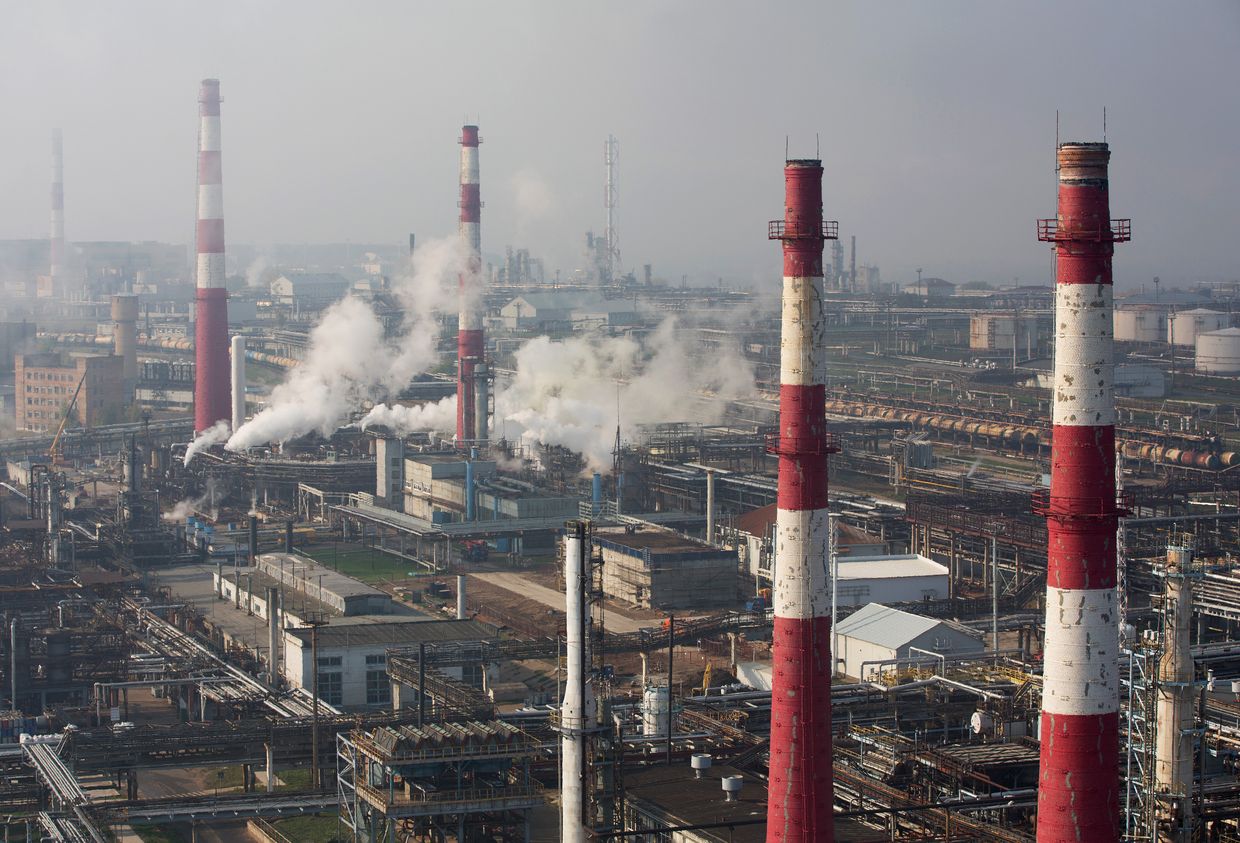Russia’s operation on the northern side of Kharkiv has lasted over six weeks. There have been serious difficulties at both operational and strategic level.
While the offensive is stuck, satellite images show the Russians have begun fortifying the newly occupied areas. 1/

The Kharkiv operation had three probable goals:
1. Create confusion and tie Ukrainian reserves to a secondary direction, so that progress could be made elsewhere
2. Form a “buffer zone” between Belgorod and Ukraine
3. Possibly get parts of Kharkiv within artillery range
2/
Russia was able to tie some Ukrainian forces to Kharkiv, but it wasn’t able to exploit the initial momentum elsewhere on the front. In this situation, Russia has to divide its forces and spend manpower on a less important area, while progress is slow everywhere. 3/
Ukraine stabilized the front relatively quickly and have began limited counterattacks.
Recently, Ukrainians have taken back areas in Vovchansk, Starytsia and Hlyboke, while Russians have made no additional gains. The city of Kharkiv is still far away from Russian artillery. 4/
The so-called buffer zone is small, and increasing it would require additional forces.
Russia has begun preparations to hold on to their gains. New satellite images reveal they’re constructing fortifications north of Vovchansk, near the border on the Ukrainian side. 5/
The new fortifications are 150-400 meters long trenches, built north and west of Vovchansk.
As the Sentinel images are very low-resolution, I double-checked some these from high-resolution imagery, which I unfortunately can’t publish here. 6/
The newly fortified zone is 2,5 km deep at most, and around 6 km wide - not very effective against Ukrainian operations towards Belgorod.
However, the work has started only recently, and it's very possible there will be more new fortifications in the coming weeks. 7/
The Russians clearly do not want to lose what little they have achieved, which isn't much to begin with. They have transferred a lot of excavators to this area, and Ukrainians have also damaged or destroyed over 15 of them. Rather heavy losses for engineering equipment. 8/
Russia is determined to fortify now, despite the losses. The project seems politically motivated, as there already is a proper defensive line on the Russian side of the border. It hasn’t even been tested yet, as usually border raids don’t go beyond the first villages. 9/
In the West, the Kharkiv situation caused a shift in the narrative. The urgency of supporting

became a pressing issue, and

was given the permission to strike

with long-range western weaponry. One could ask, were the gains on the ground really worth it for Russia? 10/
The future for similar operations seems difficult. Russians might try to launch new attacks in other directions, but Ukrainians now have more opportunities to respond to such attempts. Achieving the same results in a possible next offensive is more challenging. 11/
There are some variables. Ukrainian losses are unknown, so we don’t know what is the price they’re paying for taking back these small border villages. Especially in the Vovchansk direction, throwing the Russians out of the villages doesn’t alter the general situation much. 12/
Our team at @Black_BirdGroup is looking for solutions so that we could continue publishing high-resolution satellite imagery instead of just using them internally, in order to provide more visual and fact-based analysis. 13/13
The Office of the President of Romania has released a statement that the provision of a PATRIOT fire unit to Ukraine is contingent on identifying a replacement asset.














